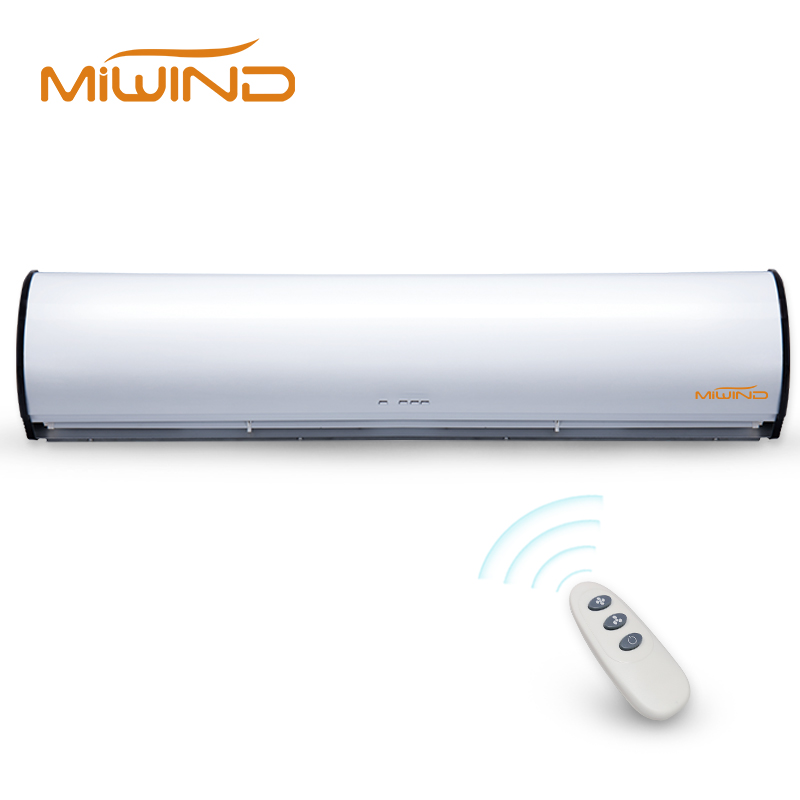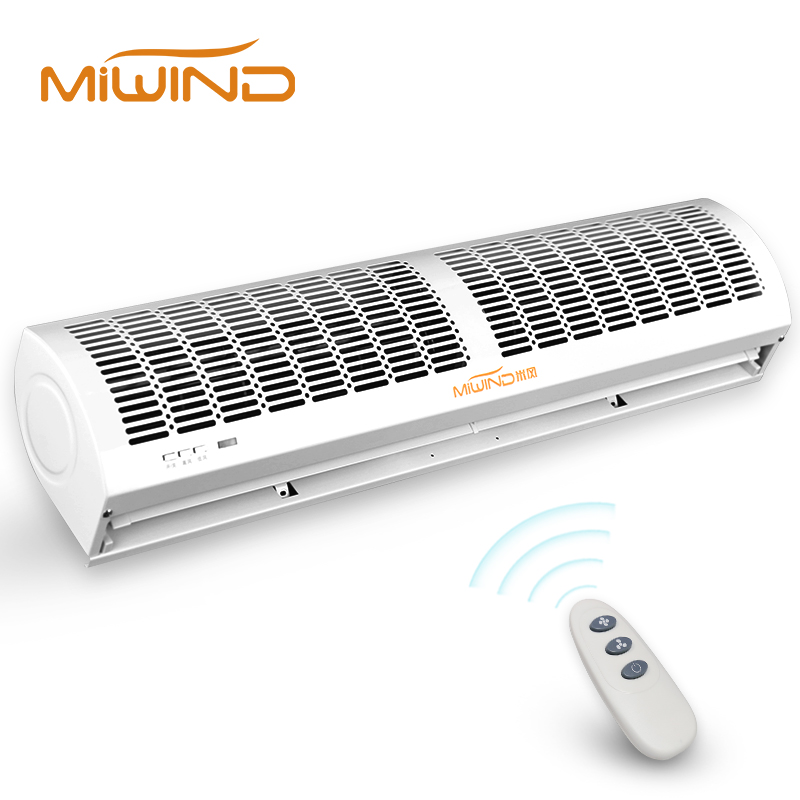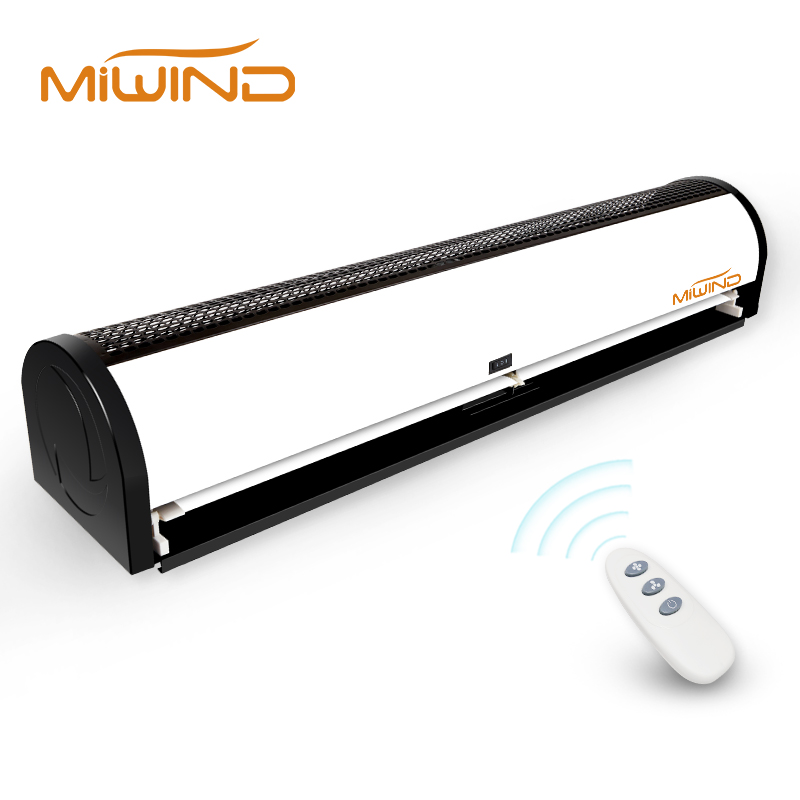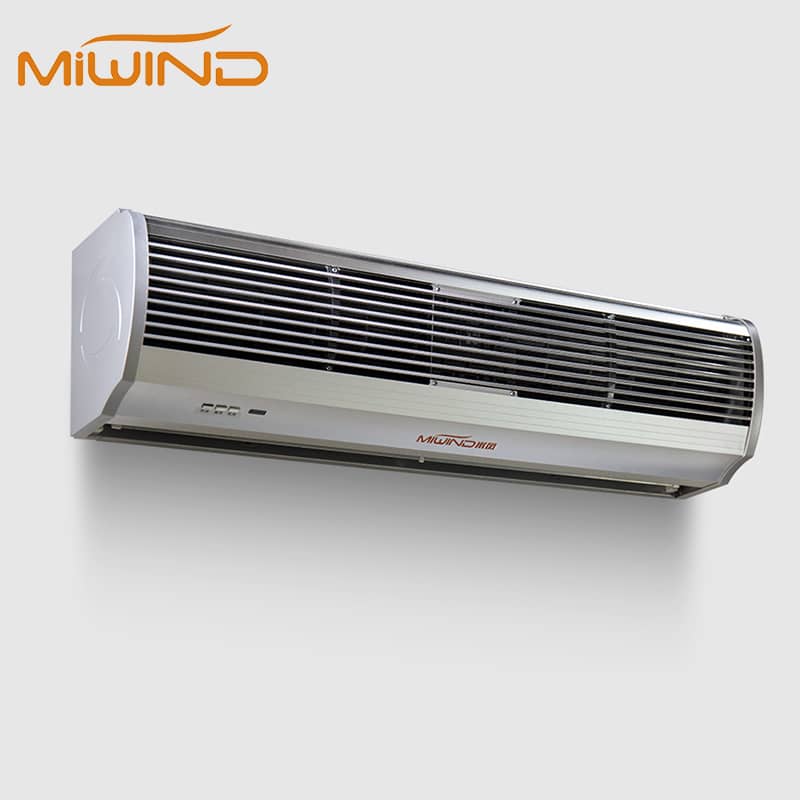
Air curtains, also known as air doors, are increasingly recognized as essential components in modern building design, particularly in commercial and industrial settings. These devices create an invisible barrier of air across open doorways, effectively separating indoor environments from external conditions. This article explores the various applications, benefits, and wholesale solutions for air curtains across different industries.
Air curtains are fan-powered devices designed to maintain indoor air temperature by creating a continuous stream of air over an entrance. They serve multiple purposes, including energy conservation, pest control, and improved indoor air quality. By preventing the exchange of air between the inside and outside of a building, air curtains help maintain a comfortable environment while reducing energy costs associated with heating and cooling systems.
The adoption of air curtains offers numerous advantages that enhance operational efficiency and customer satisfaction across various sectors:
Energy Efficiency: Air curtains significantly reduce energy consumption by minimizing the loss of conditioned air. Studies indicate that they can save up to 80% of energy losses compared to traditional door systems. This efficiency translates into lower utility bills and a reduced carbon footprint.
Temperature Control: By maintaining consistent indoor temperatures, air curtains contribute to a more comfortable environment for customers and employees alike. This is particularly important in high-traffic areas where doors frequently open and close.
Pest and Insect Control: Air curtains act as a barrier against pests, preventing insects from entering food service areas or clean rooms. This is crucial for maintaining hygiene standards in restaurants, hospitals, and food processing facilities.
Improved Indoor Air Quality: The continuous airflow helps filter out dust and pollutants, contributing to healthier indoor environments. This is especially beneficial in settings like schools and healthcare facilities where air quality is paramount.
Enhanced Customer Experience: By allowing doors to remain open without compromising comfort or cleanliness, businesses can create inviting atmospheres that encourage foot traffic and customer engagement.

Air curtains are versatile solutions applicable in various sectors:
In retail environments, air curtains are commonly installed at entrances to enhance customer comfort while reducing energy costs. They help maintain a stable climate inside stores, improving the shopping experience by keeping out drafts and outdoor pollutants. Additionally, they protect products from temperature fluctuations caused by frequent door openings.
Restaurants and food service operations benefit significantly from air curtains. They help maintain sanitation by preventing the entry of insects while allowing for easy access for staff and customers. Key installation points include:
Main Entrances: To create a welcoming environment without compromising on cleanliness.
Kitchen Doors: To separate cooking areas from dining spaces while maintaining airflow.
Drive-Thru Windows: To keep outdoor elements at bay while facilitating quick service.

In industrial settings such as warehouses and manufacturing plants, air curtains play a critical role in maintaining controlled environments. They help regulate temperature between different zones within a facility, ensuring product integrity in cold storage areas. Applications include:
Cold Storage Doors: To prevent cold air from escaping when doors are opened.
Receiving Docks: To minimize exposure to external conditions during loading and unloading operations.
Clean Rooms: To maintain sterile environments essential for pharmaceuticals or electronics manufacturing.
Schools and universities utilize air curtains to enhance student comfort by regulating temperatures in high-traffic areas like cafeterias and libraries. They also contribute to improved indoor air quality by minimizing dust ingress from outside.
Selecting the appropriate air curtain involves considering several factors:
Opening Size: The width and height of the doorway will determine the required airflow velocity.
Environmental Conditions: Factors such as outdoor temperature variations and humidity levels can influence the choice of air curtain model.
Specific Needs: Different applications may require specialized features such as heated airflow or higher velocities for pest control.

For businesses looking to implement air curtains on a larger scale, wholesale solutions provide cost-effective options without compromising quality. When sourcing air curtains wholesale, consider the following:
Supplier Reputation: Choose suppliers with proven track records in manufacturing high-quality air curtains tailored for specific industries.
Customization Options: Look for suppliers that offer customizable solutions to meet unique operational needs.
Energy Efficiency Ratings: Ensure that the products meet energy efficiency standards to maximize savings over time.
Support Services: Opt for suppliers that provide installation support, maintenance services, and warranty options to ensure long-term performance.
In conclusion, air curtains represent an innovative solution for enhancing indoor environments across various industries. Their ability to improve energy efficiency, maintain temperature control, prevent pest intrusion, and enhance overall indoor air quality makes them invaluable assets for businesses aiming to optimize their operations while providing superior customer experiences. As demand for sustainable building practices continues to grow, investing in wholesale air curtain solutions can lead to significant long-term benefits for businesses across sectors.